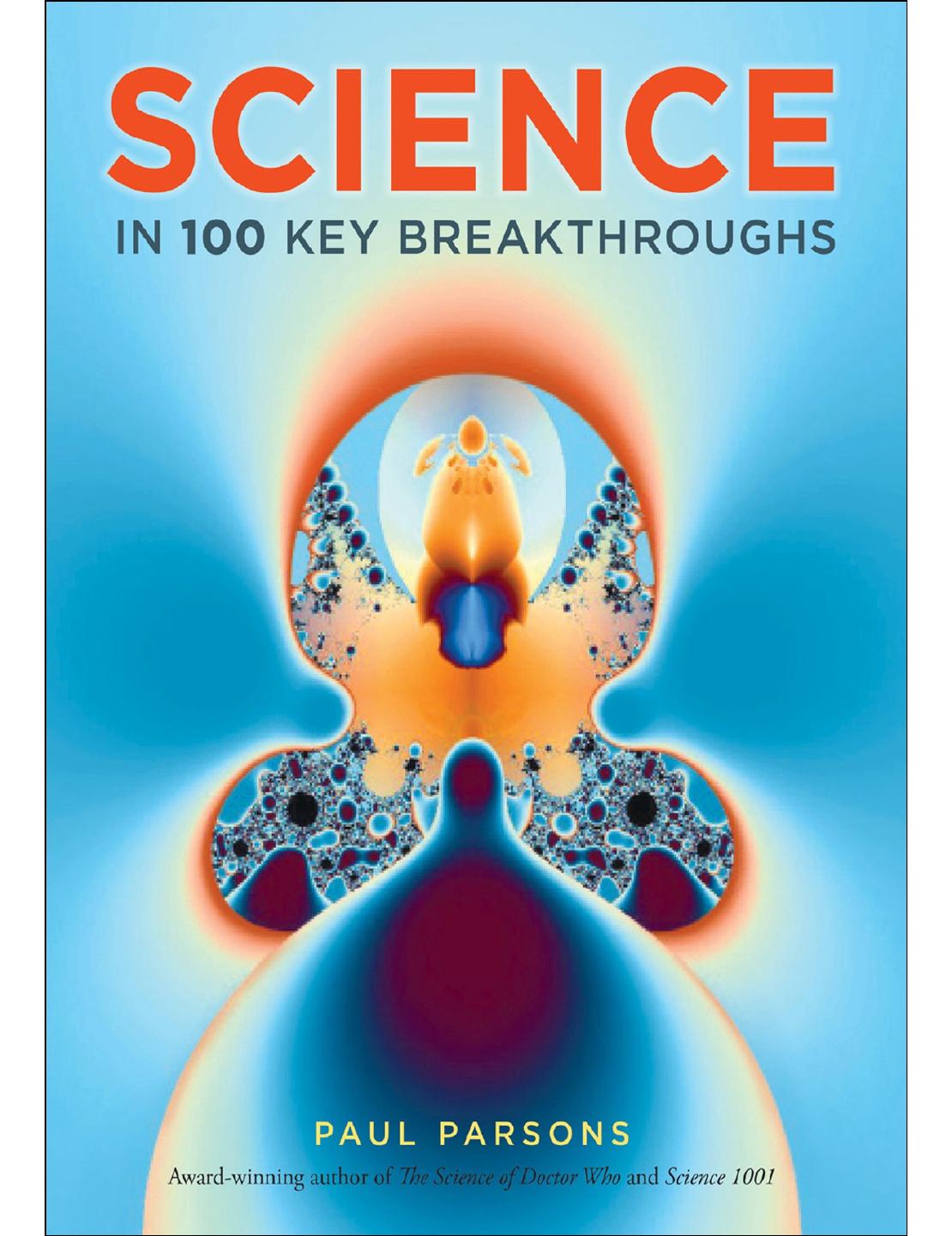Science in 100 Key Breakthroughs by Paul Parsons

Author:Paul Parsons [Parsons, Paul]
Language: eng
Format: epub, pdf
Publisher: Quercus
Published: 2013-04-07T04:00:00+00:00
Parents and daughter nuclei
Rutherford’s idea also turned out to be flawed because helium can, in fact, escape from rock over time. But it was enough to inspire a young Bertram Boltwood at Yale University to carry out his own research. Rather than using helium levels, he looked at the amount of “parent” and “daughter” atomic nuclei in the rock. Rutherford had shown that when an atomic nucleus (the parent) decays, the particles it gives off alter its structure enough to change it into a new element (the daughter). For example, radioactive carbon decays by converting a neutron in its nucleus into a proton plus an electron. The electron is emitted as radiation while the proton remains, turning the carbon nucleus into nitrogen.
It was also known that the radioactivity of a given chemical element decays with a characteristic half-life—after which the number of parent nuclei will have decayed to half its original value. After another half-life period has elapsed, the parent number will have fallen to a quarter of its original value. And so on. Boltwood saw that by measuring the number of parent and daughter nuclei, he could work out the amount of radioactive decay and—using the known half-life of the parent—calculate how much time had elapsed since the decay had begun.
Download
Science in 100 Key Breakthroughs by Paul Parsons.pdf
This site does not store any files on its server. We only index and link to content provided by other sites. Please contact the content providers to delete copyright contents if any and email us, we'll remove relevant links or contents immediately.
Enlightenment Now: The Case for Reason, Science, Humanism, and Progress by Steven Pinker(7271)
A Journey Through Charms and Defence Against the Dark Arts (Harry Potter: A Journey Through…) by Pottermore Publishing(4789)
The Immortal Life of Henrietta Lacks by Rebecca Skloot(4548)
A Journey Through Divination and Astronomy by Publishing Pottermore(4363)
Elon Musk by Ashlee Vance(4082)
Origin Story: A Big History of Everything by David Christian(3665)
COSMOS by Carl Sagan(3585)
Alchemy and Alchemists by C. J. S. Thompson(3480)
Bad Pharma by Ben Goldacre(3395)
Enlightenment Now by Steven Pinker(3349)
Shadow of Night by Deborah Harkness(3324)
Inferior by Angela Saini(3293)
A Mind For Numbers: How to Excel at Math and Science (Even If You Flunked Algebra) by Barbara Oakley(3251)
Origin Story by David Christian(3169)
The Code Book by Simon Singh(3126)
Signature in the Cell: DNA and the Evidence for Intelligent Design by Stephen C. Meyer(3098)
The Elements by Theodore Gray(3025)
A Brief History of Time by Stephen Hawking(2991)
A Journey Through Potions and Herbology (A Journey Through…) by Pottermore Publishing(2836)
